With the rapid development of the construction industry, the demand for
seamless(smls)pipes is increasing. When using these products, people hope to fully utilize their capabilities, increase their utilization rate, and extend their service life. How to effectively extend the service life of seamless steel pipes is a question that many people are concerned about.
To effectively extend the service life of seamless steel pipes, a thorough understanding of the relevant production processes and basic materials is essential. Although seamless steel pipes are resistant to corrosion, they require careful maintenance in daily life. When performing maintenance, appropriate methods should be used. During maintenance, pickling and passivation are required to remove the oxide layer on the surface of the product. After cleaning, electrolytic cleaning should be used for further cleaning.
To extend the service life of seamless steel pipes, the first thing that comes to mind is to do a good job of anti-corrosion. Since pipes are mostly stored outdoors, they are prone to rust and corrosion after being exposed to wind and rain. Anti-corrosion products can be added to the pipes during processing and manufacturing to prevent corrosion inside the pipes and also improve the smoothness of the pipes. Speaking of the production of seamless steel pipes, let's talk about its processing. The pipes are required to have a large diameter to increase the pressure resistance of thick-walled pipes. The thickness is half of the pipe wall. For example, if the steel is welded into a double-layer pipe, the strength will be higher than that of a single-layer pipe to prevent damage. Strengthen the level of steelmaking technology and use controlled rolling extensively for manufacturing, so as to improve strength, toughness and weldability. In addition to the above points to extend the service life of seamless steel pipes, pay attention to their maintenance during daily use. After all, the production process is certain and will be limited. It cannot be maintained for a long time, so certain maintenance work is required to extend the service life.
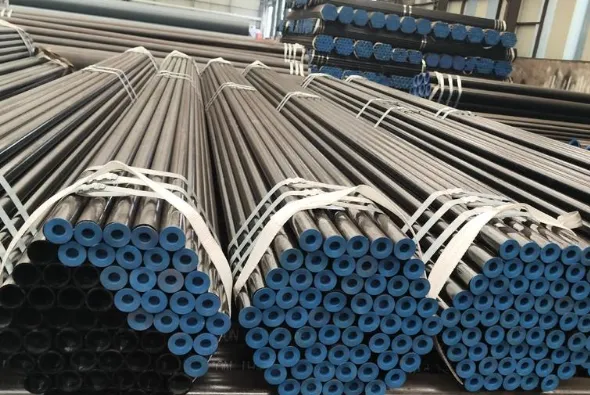
How to Extend the Service Life of Seamless Steel Pipes
The main reason for the above procedures is to create a protective film on the surface of the product, isolating it from air and extending its service life.
1. Before phosphating seamless steel pipes, protective gear must be worn. A thorough inspection of the on-site working environment is required, focusing on the integrity of the seamless steel pipe's suspenders. Work can only begin after ensuring they are intact.
2. When phosphating seamless steel pipes, hydrochloric acid is primarily used. The water content of the hydrochloric acid is generally 18% to 20%.
3. During operation, workers must be fully aware of the acid concentration and temperature, as well as the tonnage of the pipes being phosphated in the tank.
4. For each phosphating of seamless steel pipes, the net weight should be between 2 and 5 tons, and the treatment time should be between 5 and 15 minutes. The treatment time should be adjusted based on the net weight. The seamless steel pipes must be regularly vibrated during the phosphating process. When inserting the pipe into the pickling tank, the seamless steel pipes must be tilted to prevent injury from the hydrochloric acid. Seamless steel pipes are made from high-quality hot-rolled square steels such as 10#, 20#, 30#, 35#, and 45#, high-alloy steels such as 16Mn and 5MnV, or hot-rolled or cold-rolled carbon tool steels such as 40Cr, 30CrMnSi, 45Mn2, and 40MnB. Seamless steel pipes made from medium-carbon steels such as 10# and 20# are suitable for fluid dynamics and gas pipelines. Seamless steel pipes made from high-carbon steels such as 45# and 40Cr are generally used to manufacture mechanical parts, such as support components for cars and tractors.
Frequently Asked Questions (FAQs)
Q1: How can seamless steel pipes be prevented from rusting during storage?
A: Steel pipes should be stored in a dry, well-ventilated warehouse and coated with rust-proof oil. If they need to be stored outdoors for long periods of time, they can be covered with tarpaulins and the coating integrity checked regularly.
Q2: What should I do if blackening or unevenness occurs after pickling and phosphating?
A: This is usually caused by uneven acid concentration or excessive temperature. The acid ratio should be readjusted to ensure uniform treatment, and passivation and rust-proof oil sealing should be performed after treatment.
Q3: Is there a significant difference in the service life of seamless steel pipes made of different materials?
A: Yes. Low-carbon steel pipes are less expensive but have poorer corrosion resistance, while alloy steel or stainless steel pipes are more expensive but have a longer service life. In high-temperature or corrosive environments, high-alloy steel pipes are recommended.
Q4: Will slight rust on the surface of seamless steel pipes affect their use?
A: Minor rust generally does not affect structural strength, but if left untreated for a long time, it may lead to increased corrosion. It can be cleaned with sandpaper or rust remover and reapplied with anti-rust oil.






 English
English Español
Español بالعربية
بالعربية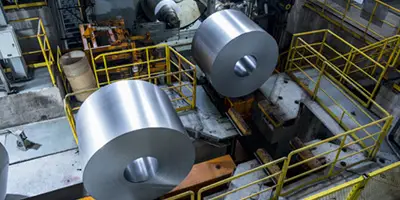
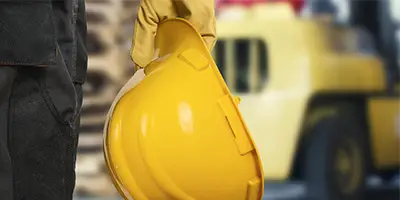
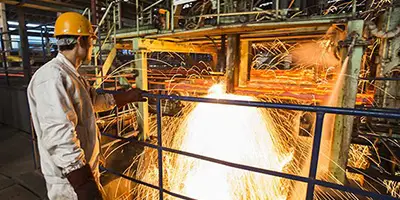
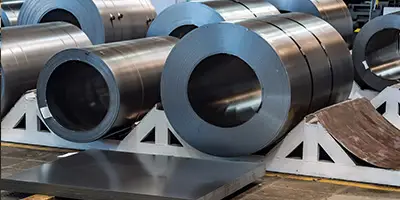

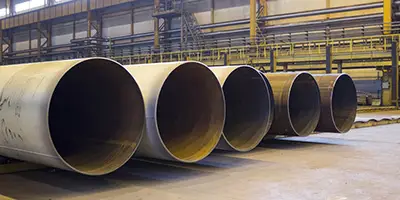
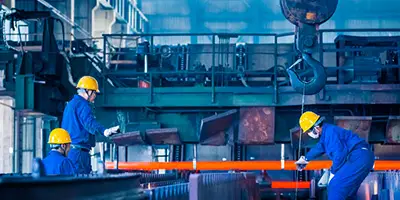
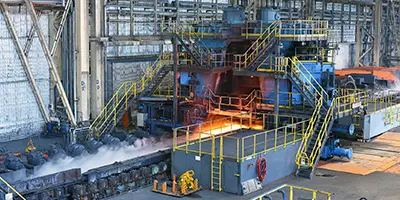
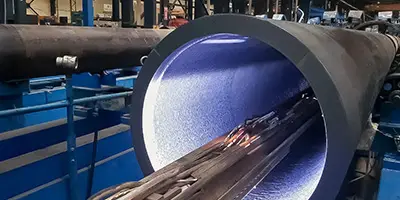
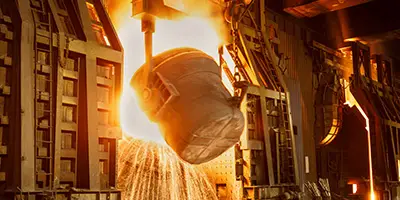
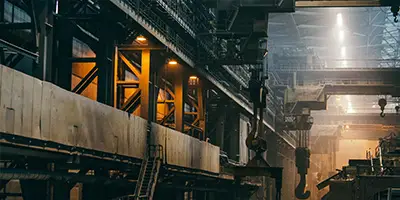

 Phone :
Phone :  Whatsapp :
Whatsapp :  Email :
Email : 


